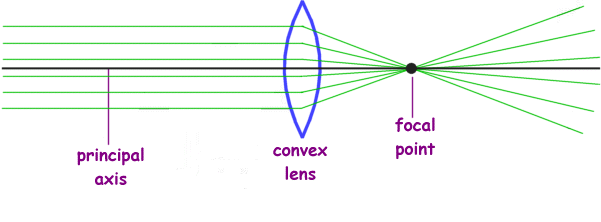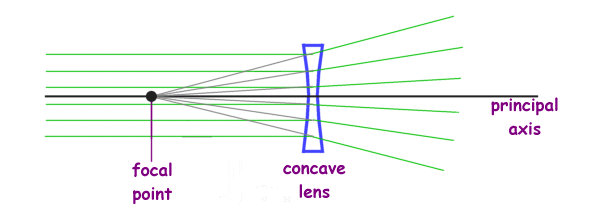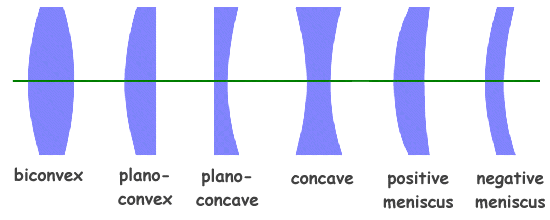Waves and Sound
Intro to Waves
Properties of Waves
Wave Behavior
Basics of Sound
Pitch and Acoustics
The Sound Wave
How Musical Notes Work
The Ear and Hearing
Glossary of Wave Terms
|
Light and Optics
Intro to Light
Light Spectrum
Light as a Wave
Photons
Electromagnetic Waves
Telescopes
Lenses
The Eye and Seeing
|


